Botany > TEST BANK > COMPLETE - Elaborated Test Bank for Botany - An Introduction to Plant Biology Ed.7 by James D. Mause (All)
COMPLETE - Elaborated Test Bank for Botany - An Introduction to Plant Biology Ed.7 by James D. Mauseth. ALL Chapters 1-27 Included and updated.
Document Content and Description Below
COMPLETE - Elaborated Test Bank for Botany - An Introduction to Plant Biology Ed.7 by James D. MausethCOMPLETE - Elaborated Test Bank for Botany - An Introduction to Plant Biology Ed.7 by James D. M... auseth Part 1 Introduction Chapter 1 Introduction to Plants and Botany Chapter 2 Overview of Plant Life Chapter 3 Ethnobotany Part 2 Plant Structure Chapter 4 Cell Structure Chapter 5 Growth and Division of the Cell Chapter 6 Tissues and the Primary Growth of Stems Chapter 7 Leaves Chapter 8 Roots Chapter 9 Structure of Woody Plants Chapter 10 Flowers and Reproduction Part 3 Plant Physiology and Development Chapter 11 Energy Metabolism: Photosynthesis Chapter 12 Energy Metabolism: Respiration Chapter 13 Transport Processes Chapter 14 Soils and Mineral Nutrition Chapter 15 Development and Morphogenesis Part 4 Genetics and Evolution Chapter 16 Genes and the Genetic Basis of Metabolism and Development Chapter 17 Genetics Chapter 18 Population Genetics and Evolution Chapter 19 Classification and Systematics Chapter 20 Algae and the Origin of Eukaryotic Cells Chapter 21 Nonvascular Plants: Mosses, Liverworts, and Hornworts Chapter 22 Vascular Plants Without Seeds Chapter 23 Seed Plants I: Gymnosperms Chapter 24 Seed Plants II: Angiosperms Part 5 Ecology Chapter 25 Populations and Ecosystems Chapter 26 Community Ecology Chapter 27 Biomes 1. Rose plants often get black spots on their leaves. This is an: A) observation. B) hypothesis. C) theory. D) law. E) explanation. <Answer: A> <A-head: Scientific Method> <Subject: Chapter 1> <Complexity: Moderate> <Taxonomy: Application> 2. Scientists can use the scientific method to study all of the following except: A) how a plant produces sugars. B) the interpretation of a painting. C) the chemical composition of paint. D) how an ecosystem functions. E) what makes chili peppers hot. <Answer: B> <A-head: Areas Where the Scientific Method Is Inappropriate> <Subject: Chapter 1> <Complexity: Moderate> <Taxonomy: Application> 3. Which of the following is not part of the scientific method? A) Explaining phenomena controlled by unknowable forces B) Testing of all proposed explanations Botany: An Introduction to Plant Biology, Seventh Edition James D. Mauseth Test Bank Copyright © 2021 by Jones & Bartlett Learning, LLC, an Ascend Learning Company C) Controlled experiments D) Explaining observable phenomena E) Carefully documented observations <Answer: A> <A-head: Scientific Method> <Subject: Chapter 1> <Complexity: Easy> <Taxonomy: Recall> 4. Which of the following is the probable sequence in which organisms evolved? A) Prokaryotic bacteria à eukaryotic algae à cyanobacteria à land plants B) Eukaryotic bacteria à cyanobacteria à eukaryotic algae à land plants C) Cyanobacteria à prokaryotic bacteria à eukaryotic algae à land plants D) Cyanobacteria à eukaryotic algae à prokaryotic bacteria à land plants E) Prokaryotic bacteria à cyanobacteria à eukaryotic algae à land plants <Answer: E> <A-head: Origin and Evolution of Plants> <Subject: Chapter 1> <Complexity: Difficult> <Taxonomy: Analysis> 5. The first organisms to evolve have been dated at about: A) 3.5 billion years and were much like present-day bacteria. B) 2.8 billion years and were photosynthetic like present-day cyanobacteria. C) 3.5 billion years and had a nucleus. D) 1.5 billion years and were terrestrial. E) 3.5 billion years and possessed organelles which had specialized functions. <Answer: A> <A-head: Origin and Evolution of Plants> <Subject: Chapter 1> <Complexity: Easy> <Taxonomy: Recall> Botany: An Introduction to Plant Biology, Seventh Edition James D. Mauseth Test Bank Copyright © 2021 by Jones & Bartlett Learning, LLC, an Ascend Learning Company 6. All of the following contribute to carbon dioxide additions to the atmosphere except: A) animals, fungi, and bacteria, which produce carbon dioxide as a by-product of respiration. B) burning wood, coal, natural gas, and other fossil fuels. C) volcanic eruptions. D) formation of calcium carbonate algal shells. E) magma eruptions at mid-ocean ridges. <Answer: D> <A-head: Concepts> <Subject: Chapter 1> <Complexity: Moderate> <Taxonomy: Application> 7. Which of the following adaptations enable evergreen species to survive the physiological drought that occurs during freezing winter months? A) The aboveground shoot system dies while maintaining a viable subterranean system. B) The leaves are shed. C) The leaves have extra thick cuticles. D) The subterranean root system goes dormant. E) The bark is shed. <Answer: C> <A-head: Diversity of Plant Adaptations> <Subject: Chapter 1> <Complexity: Moderate> <Taxonomy: Application> 8. The population of grass plants growing in an open field: A) share identical genetic information. B) carry out a metabolism that is uniquely biological and unrelated to the laws of physics and chemistry. C) are adapted to grow and reproduce in the conditions of the open field. D) have well protected fibrous leaves that are no longer capable of photosynthesis. E) lack a means of storing and using information. <Answer: C> <A-head: Using Concepts to Understand Plants> Botany: An Introduction to Plant Biology, Seventh Edition James D. Mauseth Test Bank Copyright © 2021 by Jones & Bartlett Learning, LLC, an Ascend Learning Company <Complexity: Difficult> <Subject: Chapter 1> <Taxonomy: Analysis> 9. Which of the following is a logical question to ask concerning the biological phenomena that roots absorb water? A) Do plants have sources of energy other than sunlight? B) Do plants create carbohydrate reserves in their root systems? C) Do plants have alternative pathways by which water can be absorbed? D) Are roots fibrous and tough in order to be unpalatable to insects? E) Are some leaf modifications intended to trap insects as a source of nutrition? <Answer: C> <A-head: Plants versus the Study of Plants> <Subject: Chapter 1> <Complexity: Difficult> <Taxonomy: Analysis> 10. All plants have a scientific name consisting of: A) a minimum of three descriptive adjectives. B) the family name and genus name. C) the phylum name and a specific epithet. D) the genus name and a specific epithet. E) the species name and subspecies name. <Answer: D> <A-head: Plants> <Subject: Chapter 1> <Complexity: Easy> <Taxonomy: Recall> 11. Derived features that have evolved more recently from ancestral features are known as: A) plesiomorphic B) apomorphic C) eukaryotic Botany: An Introduction to Plant Biology, Seventh Edition James D. Mauseth Test Bank Copyright © 2021 by Jones & Bartlett Learning, LLC, an Ascend Learning Company D)prokaryotic <Answer: B> <A-head: Origin and Evolution of Plants> <Subject: Chapter 1> <Complexity: Easy> <Taxonomy: Recall> 12. Which of the following phrases is the correct description of a scientific theory? A) A hypothesis that has been proven over and over again and becomes generally accepted as truth B) An educated statement that makes a prediction that can be tested C) logical explanations for simple observations without verification D) the principle of never being certain of a conclusion and always being willing to consider new evidence. E) assuming that processes or structures have a purpose <Answer: A> <A-head: Scientific Method> <Subject: Chapter 1> <Complexity: Easy> <Taxonomy: Recall> True/False 13. The scientific method can, ultimately, explain any concept. <Answer: False> <A-head: Areas Where the Scientific Method Is Inappropriate> <Subject: Chapter 1> <Complexity: Moderate> <Taxonomy: Application> 14. At one time, fungi were classified as plants. Botany: An Introduction to Plant Biology, Seventh Edition James D. Mauseth Test Bank Copyright © 2021 by Jones & Bartlett Learning, LLC, an Ascend Learning Company <Answer: True> <A-head: Plants> <Subject: Chapter 1> <Complexity: Easy> <Taxonomy: Recall> 15. The idea that mitochondria and chloroplasts originated as independent, prokaryotic organisms is now a law. <Answer: False> <A-head: Scientific Method> <Subject: Chapter 1> <Complexity: Difficult> <Taxonomy: Analysis> 16. Eukaryotes with mitochondria and chloroplasts evolved into algae and plants. <Answer: True> <A-head: Origin and Evolution of Plants> <Subject: Chapter 1> <Complexity: Easy> <Taxonomy: Recall> 17. The principles of chemistry and physics apply only to nonliving things, not to plants. <Answer: False> <A-head: Using Concepts to Understand Plants> <Subject: Chapter 1> <Complexity: Moderate> <Taxonomy: Application> Fill-in-the-Blank Botany: An Introduction to Plant Biology, Seventh Edition James D. Mauseth Test Bank Copyright © 2021 by Jones & Bartlett Learning, LLC, an Ascend Learning Company 18. When new features arise through mutation, _____________________ is the process by which the new features are eliminated from the population or passed on to future generations. <Answer: natural selection> <A-head: Origin and Evolution of Plants> <Subject: Chapter 1> <Complexity: Moderate> <Taxonomy: Analysis> 19. In contrast to most observations, which are reasonably accurate and trustworthy, _____________________ are human constructs based on observations, intuition, and expectations. <Answer: interpretations> <A-head: Plants versus the Study of Plants> <Subject: Chapter 1> <Complexity: Moderate> <Taxonomy: Application> 20. Assuming that plants have human characters such as decision-making capabilities is called _____________________. <Answer: anthropomorphism> <A-head: Using Concepts to Understand Plants> <Subject: Chapter 1> <Complexity: Easy> <Taxonomy: Recall> 21. Numerous scientific studies have shown that all plants are composed of cells. This statement is an example of a well-supported _____________________. <Answer: theory> <A-head: Scientific Method> <Subject: Chapter 1> <Complexity: Easy> <Taxonomy: Recall> Botany: An Introduction to Plant Biology, Seventh Edition James D. Mauseth Test Bank Copyright © 2021 by Jones & Bartlett Learning, LLC, an Ascend Learning Company 22. A key evolutionary step in the history of life occurred when the DNA was packaged within its own nucleus, creating a group of organisms called _____________________. <Answer: eukaryotes> <A-head: Origin and Evolution of Plants> <Subject: Chapter 1> <Complexity: Easy> <Taxonomy: Recall> Matching 23. Match the following terms with their examples. A) Logical extension of an observation without verification <Answer: Speculative philosophy> B) Creation of species by God <Answer: Religious system> C) Complex reactions of photosynthesis were developed by a wise creator <Answer: Intelligent design> D) Investigates a testable hypothesis <Answer: Scientific method> E) Willingness to consider new evidence that is not in support of an established theory <Answer: Skepticism> [F] Mountains erode over time but the law of gravity is invariable <Answer: Constancy and universality> <A-head: Scientific Method> <Subject: Chapter 1> <Complexity: Difficult> <Taxonomy: Analysis> 24. Match the following terms with their definitions or examples. A) Three groups into which all organisms are classified. <Answer: Domains> B) Bacteria, cyanobacteria, and archaeans <Answer: Prokaryotes> Botany: An Introduction to Plant Biology, Seventh Edition James D. Mauseth Test Bank Copyright © 2021 by Jones & Bartlett Learning, LLC, an Ascend Learning Company C) Cells with nuclei <Answer: Eukaryotes> D) Protozoans, fungi, and animals <Answer: Eukaryotic cells without chloroplasts> E) Protists <Answer: Eukaryotic cells with chloroplasts> <A-head: Origin and Evolution of Plants> <Subject: Chapter 1> <Complexity: Moderate> <Taxonomy: Application> COMPLETE - Elaborated Test Bank for Botany - An Introduction to Plant Biology Ed.7 by James D. Mauseth. ALL Chapters 1-27 Included and updated for 2023. [Show More]
Last updated: 1 year ago
Preview 1 out of 303 pages
Instant download

Buy this document to get the full access instantly
Instant Download Access after purchase
Add to cartInstant download
Reviews( 0 )
Document information
Connected school, study & course
About the document
Uploaded On
Apr 09, 2023
Number of pages
303
Written in
Additional information
This document has been written for:
Uploaded
Apr 09, 2023
Downloads
0
Views
52

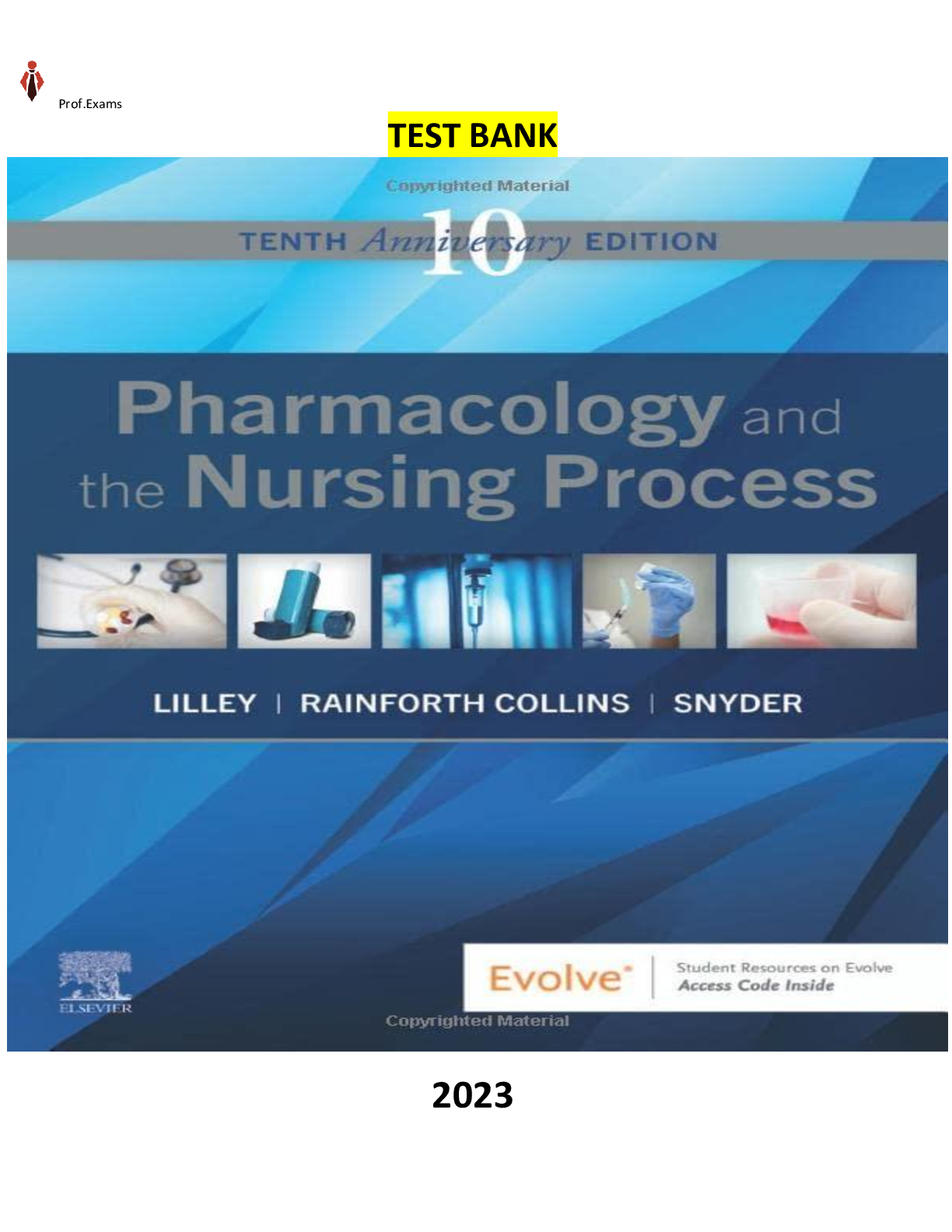




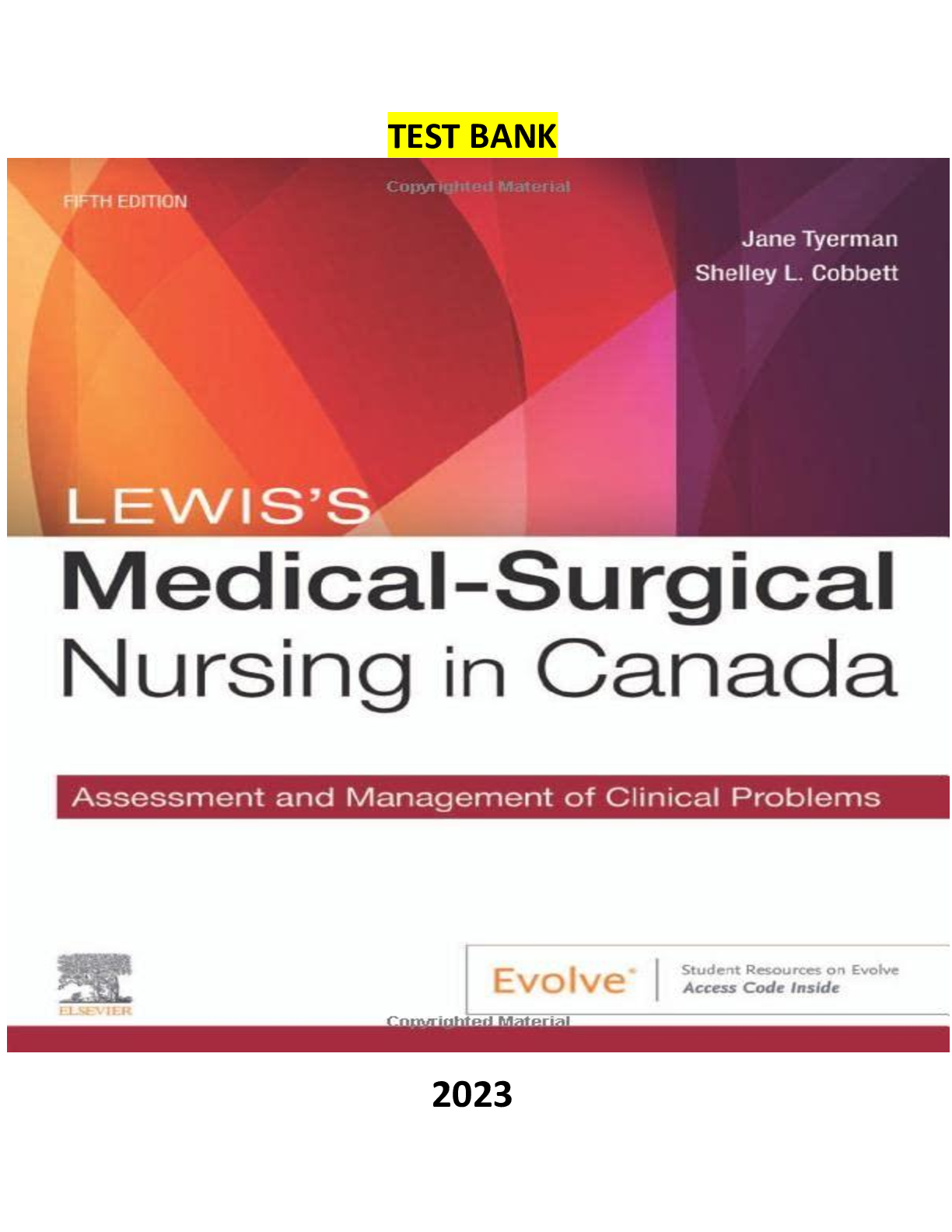
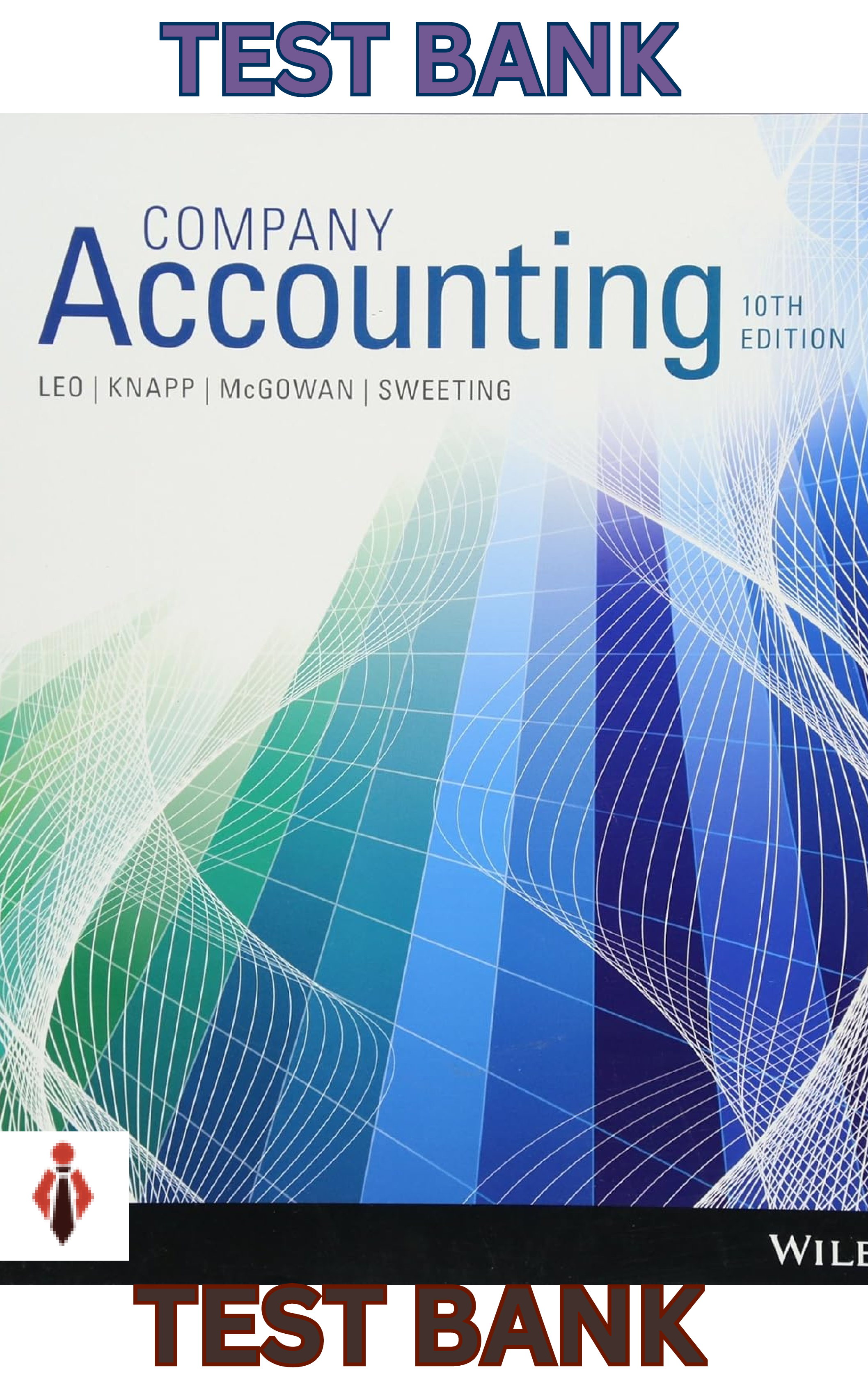
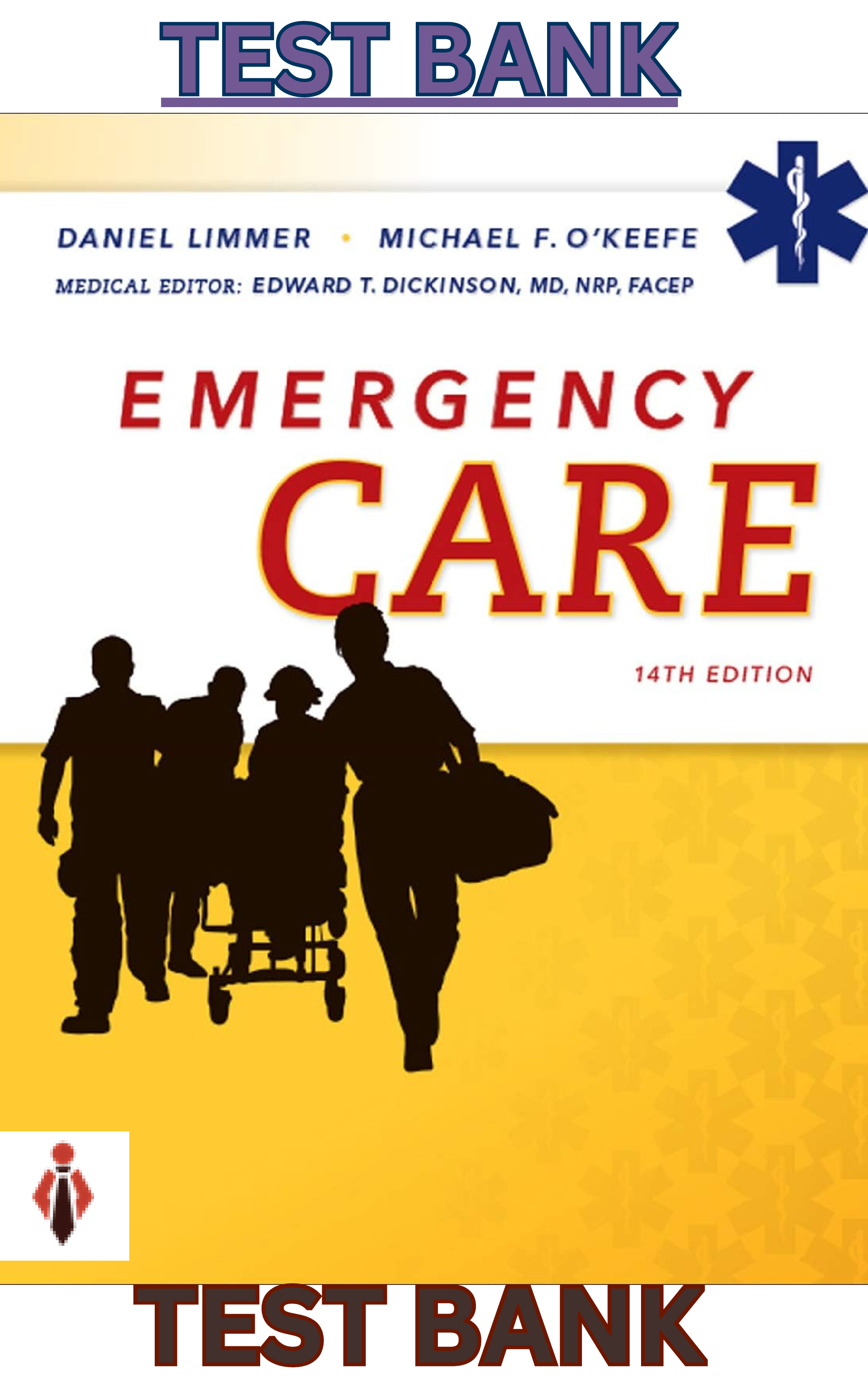

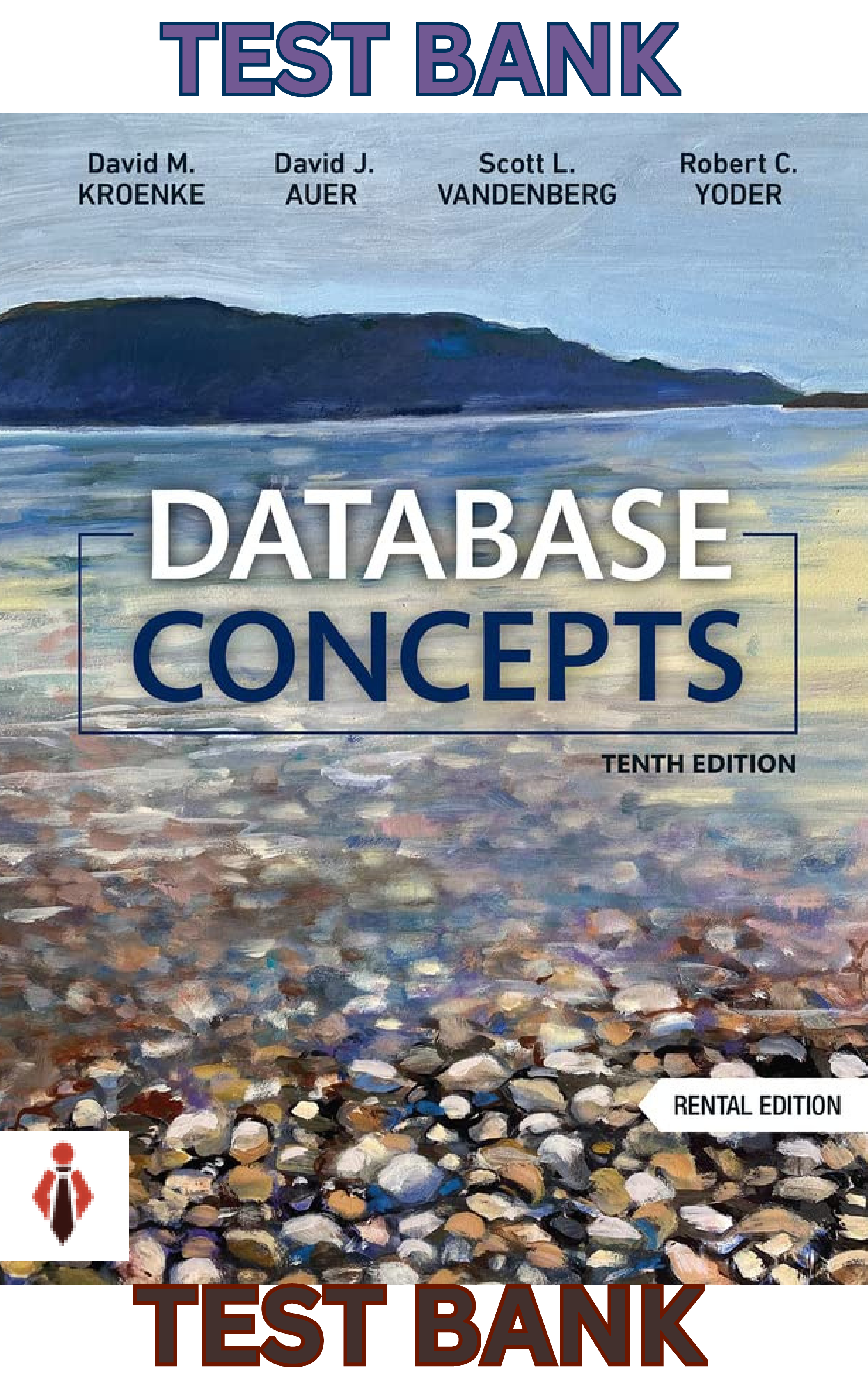

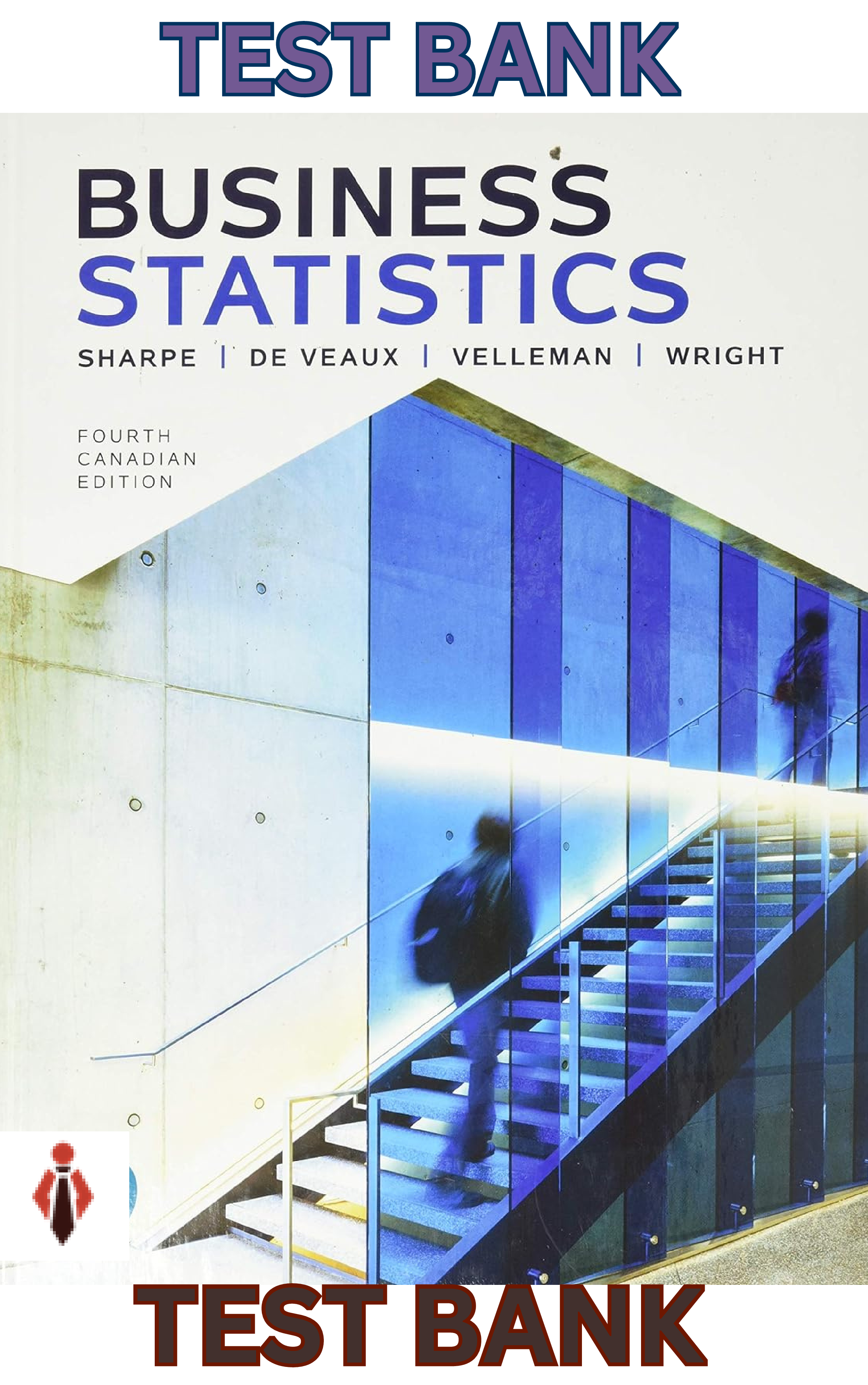


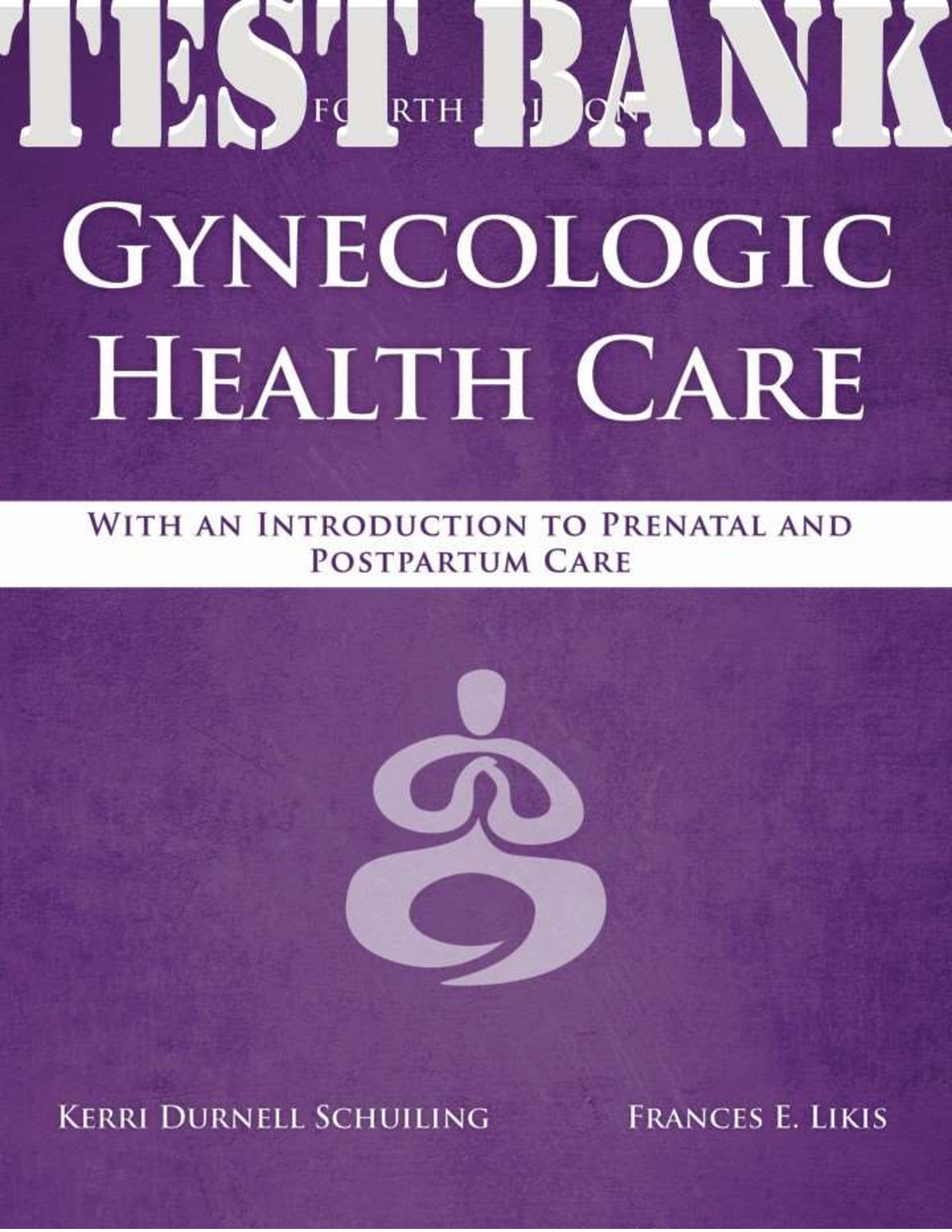





.png)


